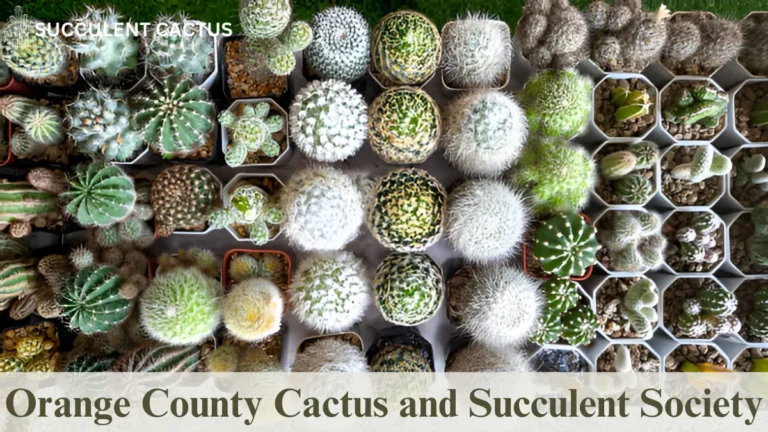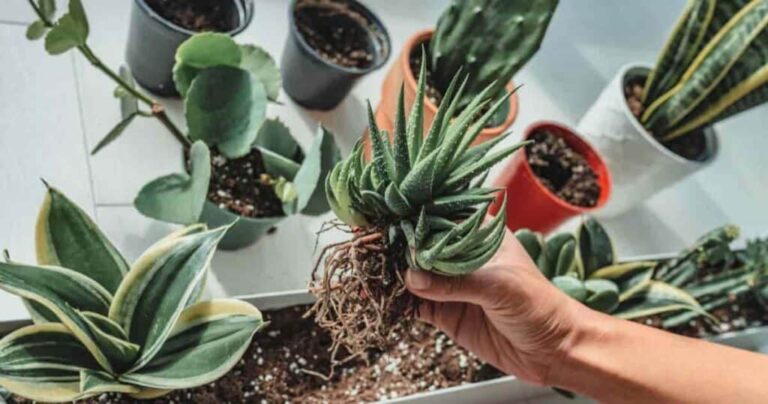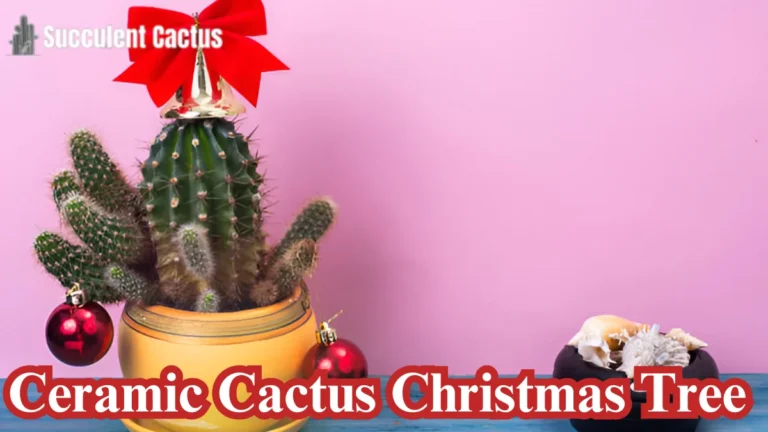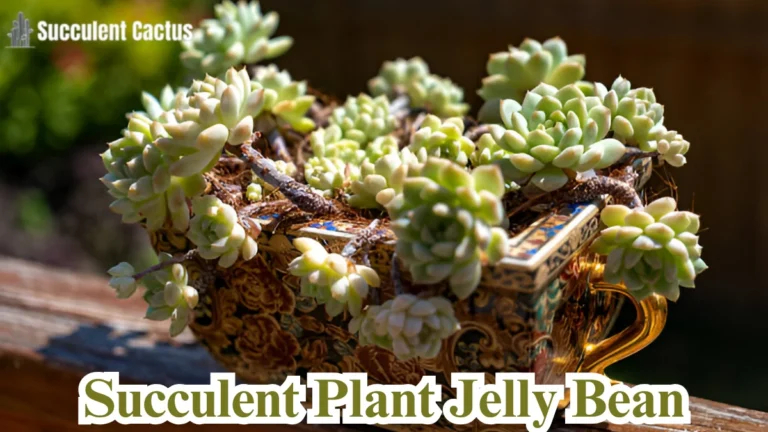Succulent Plants: Easy Tips for Thriving and Beautiful Growth
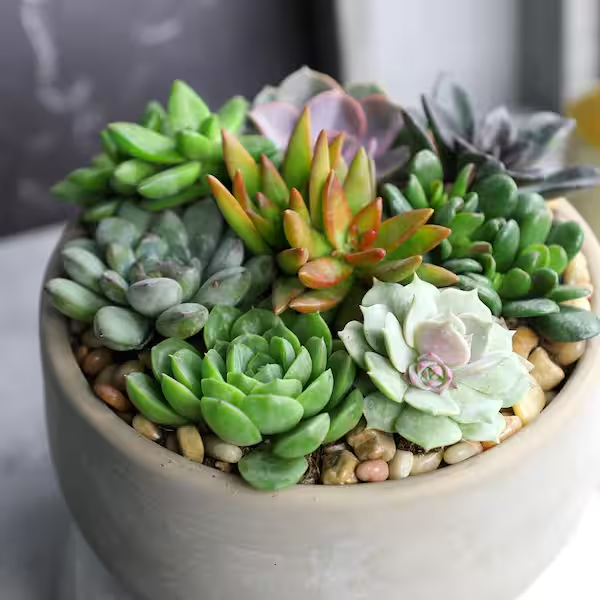
Succulent Plants are among the most popular houseplants, known for their vibrant appearance, low maintenance, and ability to thrive in diverse environments. Whether you’re a seasoned gardener or just starting your plant journey, succulents offer an attractive and easy-to-care-for addition to your home or garden.
In this guide, we’ll explore everything you need to know about succulent plants, including how to choose the right varieties, care for them, and ensure they thrive. The focus is on practical, actionable tips that will help your succulents flourish.
Why Succulents Are Perfect for Any Home
Succulents are versatile and can adapt to a range of environments. Here are some reasons why they’re ideal for everyone:
- Low Maintenance: These plants store water in their thick leaves, allowing them to survive with infrequent watering.
- Aesthetic Appeal: Available in various colors, shapes, and sizes, succulents are visually stunning and fit beautifully in any décor.
- Air Purifiers: Like most plants, succulents improve air quality, making your indoor space healthier.
- Resilience: They can survive in diverse climates, from hot deserts to cooler indoor settings.
Popular Types of Succulent Plants
Succulent plants come in hundreds of varieties, each with unique features. Below are some popular options:
- Echeveria: Known for its rosette shape and vibrant colors, Echeveria is a favorite for indoor gardening.
- Jade Plant (Crassula ovata): A symbol of good luck, this plant has thick, glossy green leaves.
- Aloe Vera: Not only beautiful but also functional, Aloe Vera has medicinal properties and is easy to care for.
- Sedum (Stonecrop): This hardy succulent thrives outdoors and is perfect for rock gardens.
- Haworthia: Compact and striped, Haworthia is a great choice for small spaces.
Choosing the Best Environment for Your Succulents
To ensure thriving growth, it’s essential to mimic the natural habitat of succulents as closely as possible:
- Light: Succulents need bright, indirect sunlight for at least 4-6 hours a day. If growing indoors, place them near a south-facing window.
- Temperature: Most succulents thrive in temperatures between 60-80°F (15-27°C). Avoid exposing them to frost or freezing conditions.
- Humidity: Succulents prefer dry conditions, so avoid placing them in overly humid areas like bathrooms.
How to Plant Succulent Plants
Planting succulents properly is the foundation for their success:
- Choosing the Right Pot
- Use a pot with drainage holes to prevent waterlogging.
- Terracotta pots are ideal as they allow moisture to evaporate quickly.
- Selecting the Right Soil
- Succulents require well-draining soil. A cactus mix or a homemade mix of sand, perlite, and potting soil works best.
- Avoid heavy, water-retentive soils.
- Planting Process
- Gently remove the succulent from its nursery pot, taking care not to damage the roots.
- Place the plant in the new pot and fill around it with soil. Avoid burying the leaves in the soil to prevent rot.
Watering Tips for Succulent Plants
Watering succulents correctly is crucial to their health. Overwatering is the most common mistake made by beginners. Here’s how to water them effectively:
- Frequency
- Water only when the soil is completely dry. Depending on the environment, this could be every 1-3 weeks.
- Reduce watering frequency during winter when the plant is dormant.
- Method
- Water deeply until it drains out of the bottom of the pot.
- Avoid letting water sit on the leaves, as this can cause rot.
- Signs of Overwatering
- Yellow, mushy leaves indicate too much water.
- If this happens, remove the plant, let it dry out, and repot in fresh soil.
Fertilizing Succulent Plants
While succulents are low-maintenance, occasional fertilization can encourage growth and vibrant colors:
- Type of Fertilizer
- Use a balanced, water-soluble fertilizer diluted to half strength.
- Fertilizers specifically formulated for succulents are also available.
- Frequency
- Fertilize once a month during the growing season (spring and summer).
- Avoid fertilizing during dormancy in winter.
Propagating Succulent Plants
One of the most exciting aspects of succulents is how easy they are to propagate:
- Leaf Cuttings
- Gently remove a healthy leaf from the parent plant. Let it dry for 1-2 days to form a callus.
- Place the leaf on well-draining soil and mist it lightly until roots and a new plant form.
- Stem Cuttings
- Cut a healthy stem from the plant and let it dry for a few days.
- Plant the stem in soil and water sparingly until it establishes roots.
- Offsets
- Some succulents, like Aloe Vera, produce baby plants called offsets.
- Gently remove the offset and plant it in a new pot.
Common Problems and Solutions for Succulent Plants
Even with the best care, you may encounter some issues with your succulents. Here’s how to handle them:
- Pests
- Mealybugs and spider mites can infest succulents. Use a cotton swab dipped in rubbing alcohol to remove them.
- Sunburn
- Too much direct sunlight can cause the leaves to scorch. Move the plant to a spot with filtered light.
- Leggy Growth
- If a succulent stretches and becomes leggy, it’s not getting enough light. Move it to a brighter location.
Decorating with Succulent Plants
Succulents are not only functional but also decorative. Here are creative ways to use them:
- Terrariums: Create a miniature desert landscape with succulents and decorative stones.
- Living Walls: Arrange succulents vertically to create stunning wall art.
- Centerpieces: Use succulents in stylish pots as centerpieces for your dining or coffee table.
- Outdoor Gardens: Combine succulents of different colors and shapes for a beautiful rock garden.
Conclusion
Succulents are a delightful addition to any home or garden. With the right care, including proper light, watering, and soil, they can thrive and bring beauty to your space. Whether you’re an experienced gardener or a beginner, following these easy tips will ensure that your succulents remain healthy and vibrant for years to come.
Start your journey with these amazing plants today and enjoy their effortless charm


